Article by:
Timothy Lees, Wildlife Photographer, British Deer Society
PHOTOGRAPHING THE DEER RUT
Full-time wildlife photographer Timothy Lees provides retrospective insights and key safety tips on photographing the autumn deer rut.
For a wildlife photographer the rutting season is one of the UK’s most exciting and heavily anticipated annual wildlife spectacles. This is not only because it involves our biggest wild land animal as it competes for mating rights, but also because our deer parks enable everyone to get close enough to see these majestic beasts in action.
Thanks to modern day technology good cameras are more affordable now than ever before. This fact, combined with the growth of social media platforms means that there has been a surge in wildlife photography and this increase in interest has meant that more people are visiting deer parks.
Although this has meant a positive impact upon businesses in and around the local areas, the surge in interest also comes with its drawbacks. Unfortunately, one stag at Wollaton Hall was euthanised recently after injuring a member of the public when following its own natural instincts.
I think it is easy to forget that when we are walking around these public deer parks and taking pictures that we are in the deer’s environment. Deer parks are supposed to be a sanctuary for these animals but they often become harassed by the public trying to get ‘the perfect picture’. Therefore, I feel it is imperative to share how we can approach these animals safely whilst respecting their boundaries.
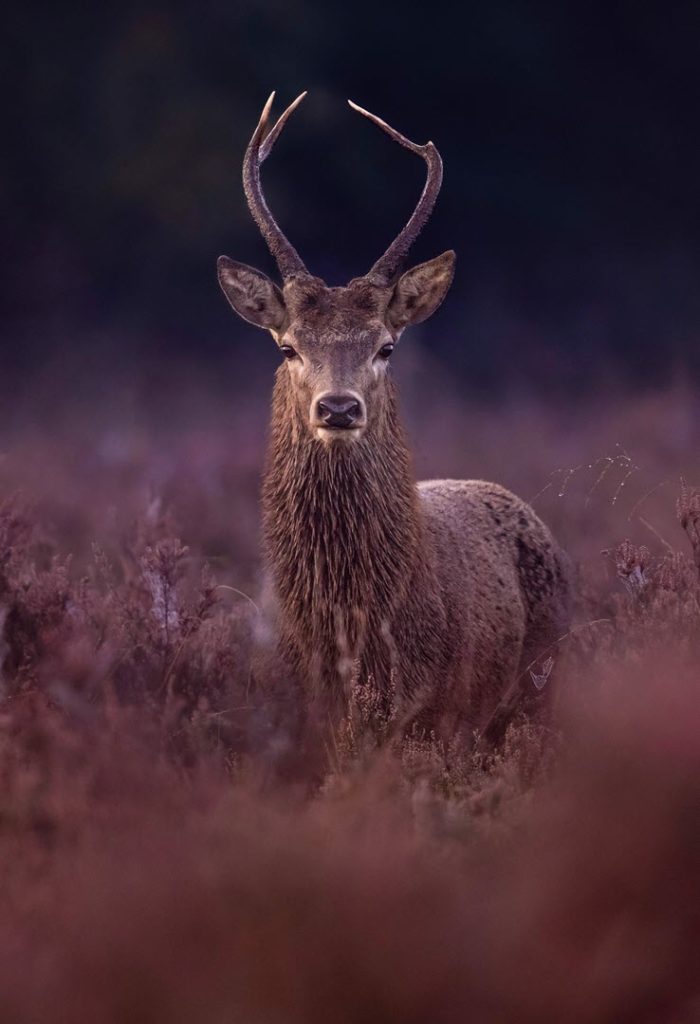
TIM’S TOP TIPS
How to safely photograph the rut:
- Firstly, when photographing any wild animal, the key is not to disturb them – the animal must always come first. Therefore, you should move more slowly and quietly when approaching it.
- Deer, like most animals, have a ‘danger circle’ even in places like deer parks where they are more accustomed to human presence. This is a specific radius around them within which the animal feels safe. If you approach too quickly or too closely the deer may be startled and run away or react in some other way. Once you have found an appropriate safe distance, you can move around the deer using this parameter to capture an image from different angles.
- In order to get a closer photo of the deer you need to make sure you are using the right camera lens. I recommend using a telephoto lens – I use the Canon 500mm prime. I use this lens as I can move around better when trying to track down the deer.
- During the rut the stag will continuously circle the hinds, making it difficult to take a good picture. However, if you look just beyond this activity you may often find another stag waiting in the wings. I find taking a picture of these waiting stags enables you to take a better picture. In addition to this, some of the best photographic opportunities happen before and after the rut when you can often find some of the younger stags play fighting.
- The most busy time of the rut is at night, so early morning and early evenings are usually when the deer are still more active. Using a fast lens with 2.8 or 4 aperture works best at these times.
- Ask questions – when you see the deer park rangers or people passing by, don’t be afraid to ask them if they’ve seen where the deer are so you can track them down faster.
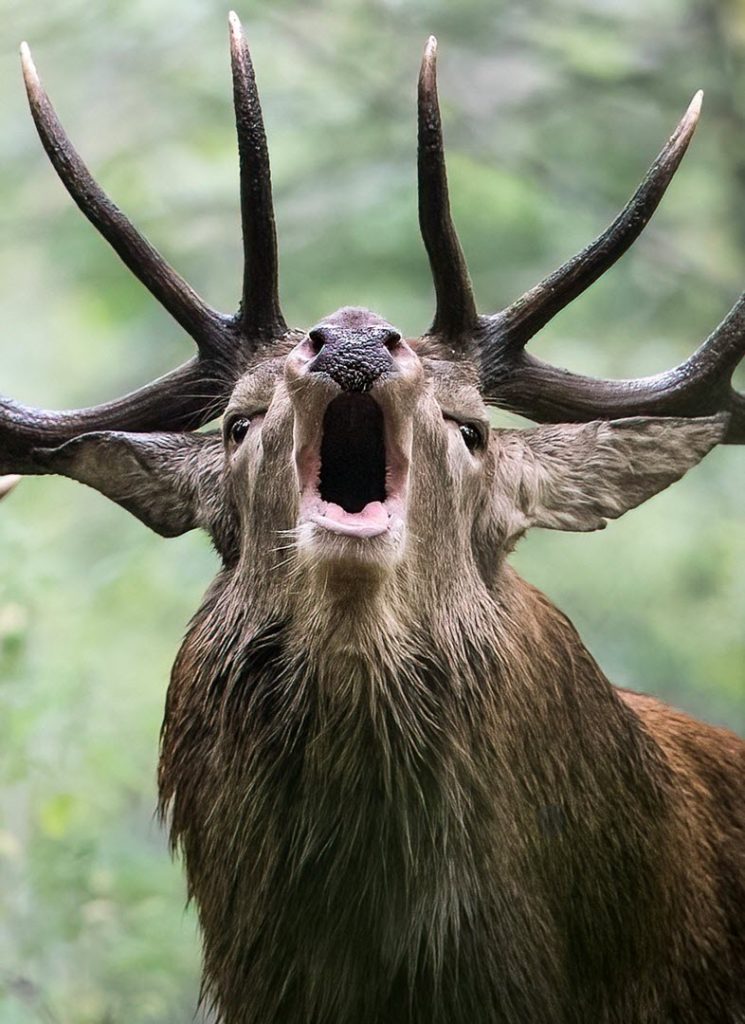
Lastly, it is key to remember that these animals are wild, therefore if you threaten their territory they will respond however they feel appropriate.
Stags are some of the best animals to photograph, particularly when they are bellowing and displaying territorial behaviour. Yet it is key to remember that when stags are rutting their danger circle is drastically lowered because they are full of testosterone. Due to his inhibitions being lowered, a stag may allow you to get closer than at another other time in the year. This does not, however, mean that they are tame in any way and it is important to keep a safe distance as deer during the rutting season can be very unpredictable.
The British Deer Society recommends that you should never approach park deer to within any closer than 50 metres, extending this distance to at least 100 metres during the rut. Should a rutting stag show any sign of approaching you it is always best to back off slowly and quietly. If it starts walking parallel to you and glancing at you out of the corner of its eye, it may be a sign that it could consider you as a threat, so move away immediately.
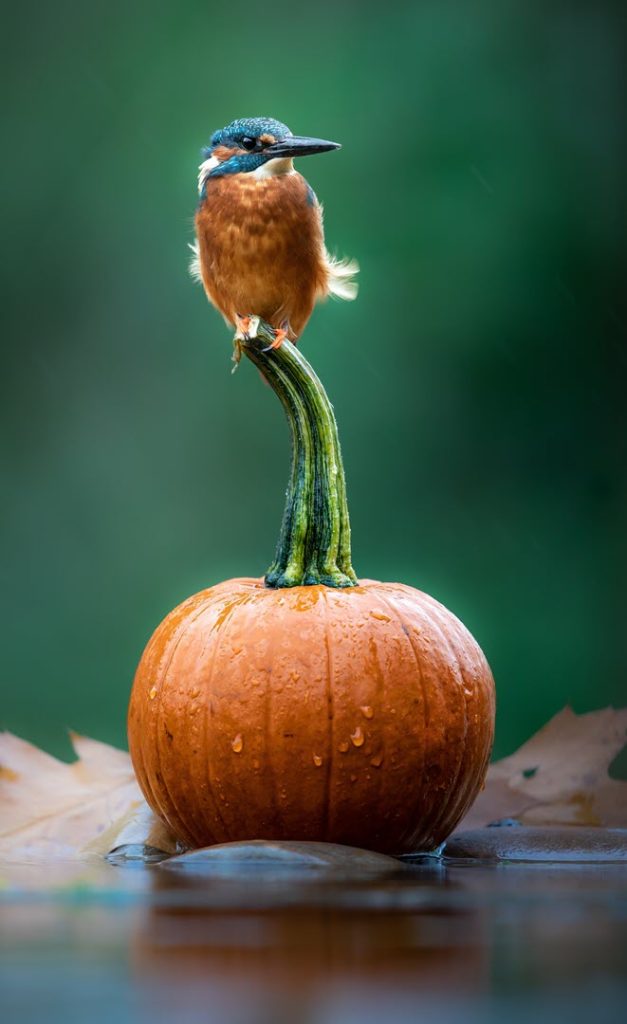
ABOUT TIM
Tim lives on his parents 1300-acre countryside estate Teddesley Park which was a cattle farm in a state of disrepair when they took it on it. The farm is now one of the biggest organic arable farms in Staffordshire. As part of a rewinding project, they now have a large resident herd of fallow deer (managed to a sustainable deer plan) amongst the ever-growing number of wild animals that have come to reside there
Tim considers himself to be lucky to have grown up around these deer for the majority of his life which has given him the opportunity to study their natural behaviour. It is no surprise that the fallow deer is his favourite UK mammal.
Wildlife Photography has always been a hobby, but it was in during the coronavirus lockdown Tim decided that this was his calling in life and decided to go full-time. Tim sells his photography privately on commission. The beautiful image above ‘Pumpkingfisher’ recently went viral online. Tim is delighted that, to his knowledge, he is the only wildlife photographer that who has ever convinced a kingfisher to land on a pumpkin.
Africa and Canada are on his agenda for next year and he hopes to keep bringing unique images of the world’s beautiful wildlife to the eyes of the public and while reminding people of the importance of protecting our wildlife.
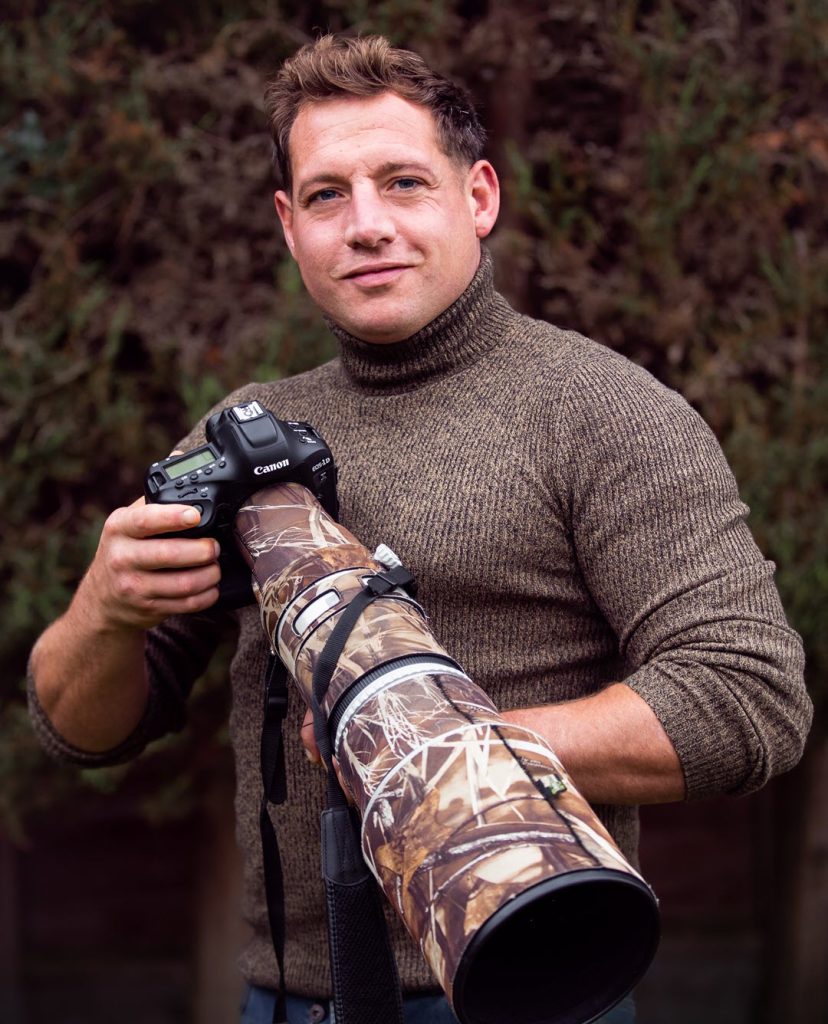

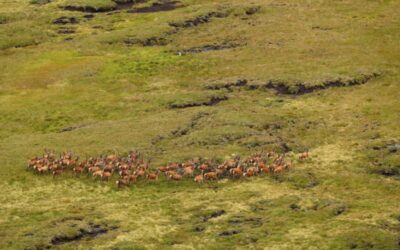
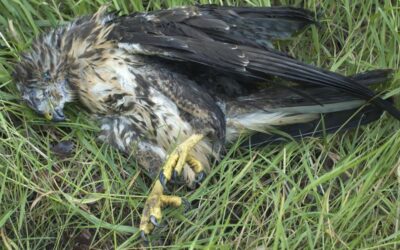
0 Comments